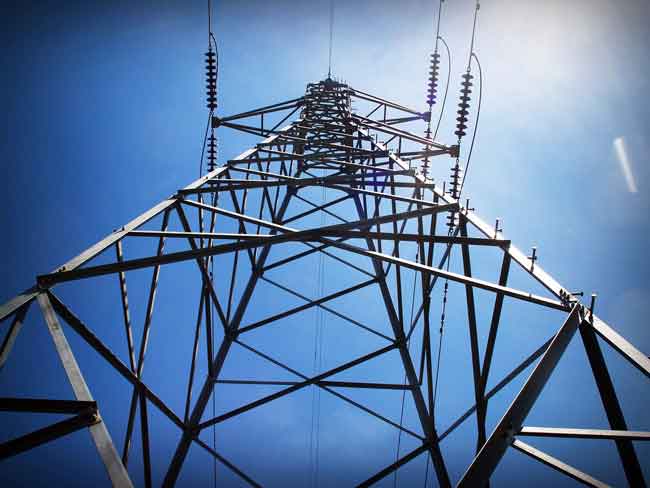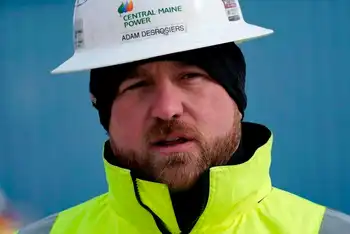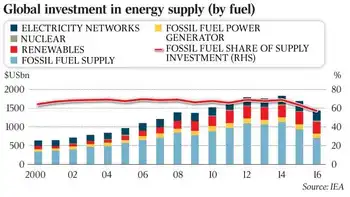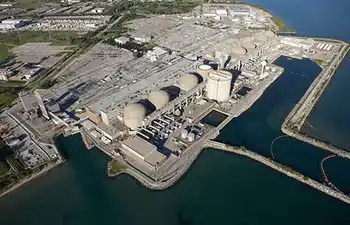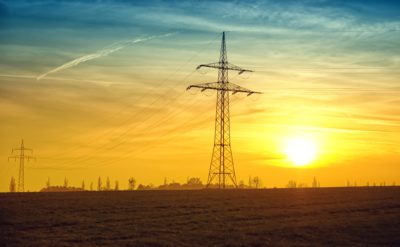High-earning green sector workers feel safe in jobs
By Reuters
NFPA 70e Training
Our customized live online or in‑person group training can be delivered to your staff at your location.

- Live Online
- 6 hours Instructor-led
- Group Training Available
Some 68 percent of 'green' workers polled in the first ever Carbon Salary Survey said a heightened response in the past few years from government and business to the threat of climate change has increased their sense of job security.
"The European Union's emissions and renewable energy goals are enshrined and have wide support while U.S. President Obama's vow to take global leadership on climate change puts the market on a very stable footing for continued growth and great job prospects," said London-based climate consultant Amanda Rooney.
The EU gave a boost to Europe's green industry when it agreed last December to source 20 percent of its energy from renewables by 2020 and to cut its carbon emissions by 20 percent below 1990 levels, raising that to 30 percent by 2020 if a new global climate treaty is signed.
Obama is pushing Congress to pass its own climate laws and has said he will push the world toward agreement on a successor to the Kyoto Protocol, which expires in 2012, at United Nations climate talks in Copenhagen this December. The survey, conducted along with green sector recruiters Acre Resources and consultants Acona, polled nearly 1,200 professionals who work in areas like renewable energy and greenhouse gas emissions trading, in what has become a multi-billion dollar industry spawned by climate change.
The average green collar worker makes $76,000 per year, the survey showed, with half of respondents receiving an annual bonus of around $11,000. The other half received no bonus.
"Top tier salaries have increased over the past two years. We now see more jobs paying six figure salaries, particularly as climate change has started to pull in senior managers from other areas of business," said Andy Cartland, managing director at Acre Resources.
U.S.-based workers were the best paid, receiving salaries averaging $100,000, while Australasia followed closely with $93,000. Workers in Asia earned the least at $41,500.
It may be a new industry built on new technologies, but patterns seen in old-school sectors have re-emerged with a green tint, the survey showed.
Those working in the financial and legal sectors had the highest average salary ($116,000) and annual bonus ($95,500) while people working in green marketing, PR or media were the worst paid at $58,000 a year.
Over three quarters of survey respondents were male, though some in the industry said it was becoming more balanced. "In 2001, 90 percent of my clients and people you'd meet at conferences were male," said Lucy Mortimer, a global manager at brokers TFS Green.
"The market has changed considerably since then — half my team is female, and most broking firms and banks in carbon have women working for or leading the teams."
Some observers were dismayed to find that gender inequality has managed to creep into the green sector, as the survey revealed that men earned an average $79,000 compared to $65,000, or 18 percent less, for women.
The UK remains the sector's nucleus, with 28 percent of corporate headquarters located there. North America was next at 26 percent and the rest of Europe was home to 24 percent.
Africa was home to just one percent, though climate professionals from the continent said its industry was growing.
"There have been noticeable increases in activity in South Africa, Nigeria and Mozambique," said Rob Ashdown, a consultant at South Africa's Merchantec Capital, adding that Africa's renewable energy and climate consultancy sectors are also maturing.
A solid education was a common trait amongst respondents, with 96 percent having at least one university degree, but the results showed that having green qualifications made little difference in remuneration.
Those with environment-related degrees made under $70,000 on average, while those holding more general degrees made around $85,000 a year.
Over three quarters of those surveyed said they were satisfied with their jobs, while 93 percent said they would recommend a career in the environmental sector to others.





